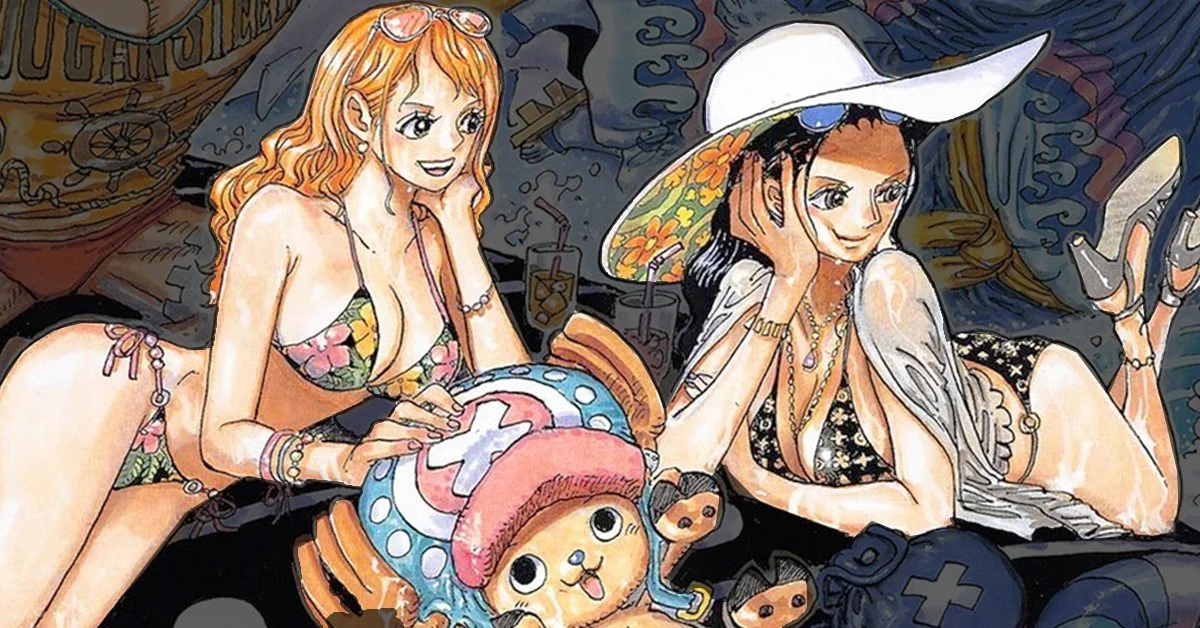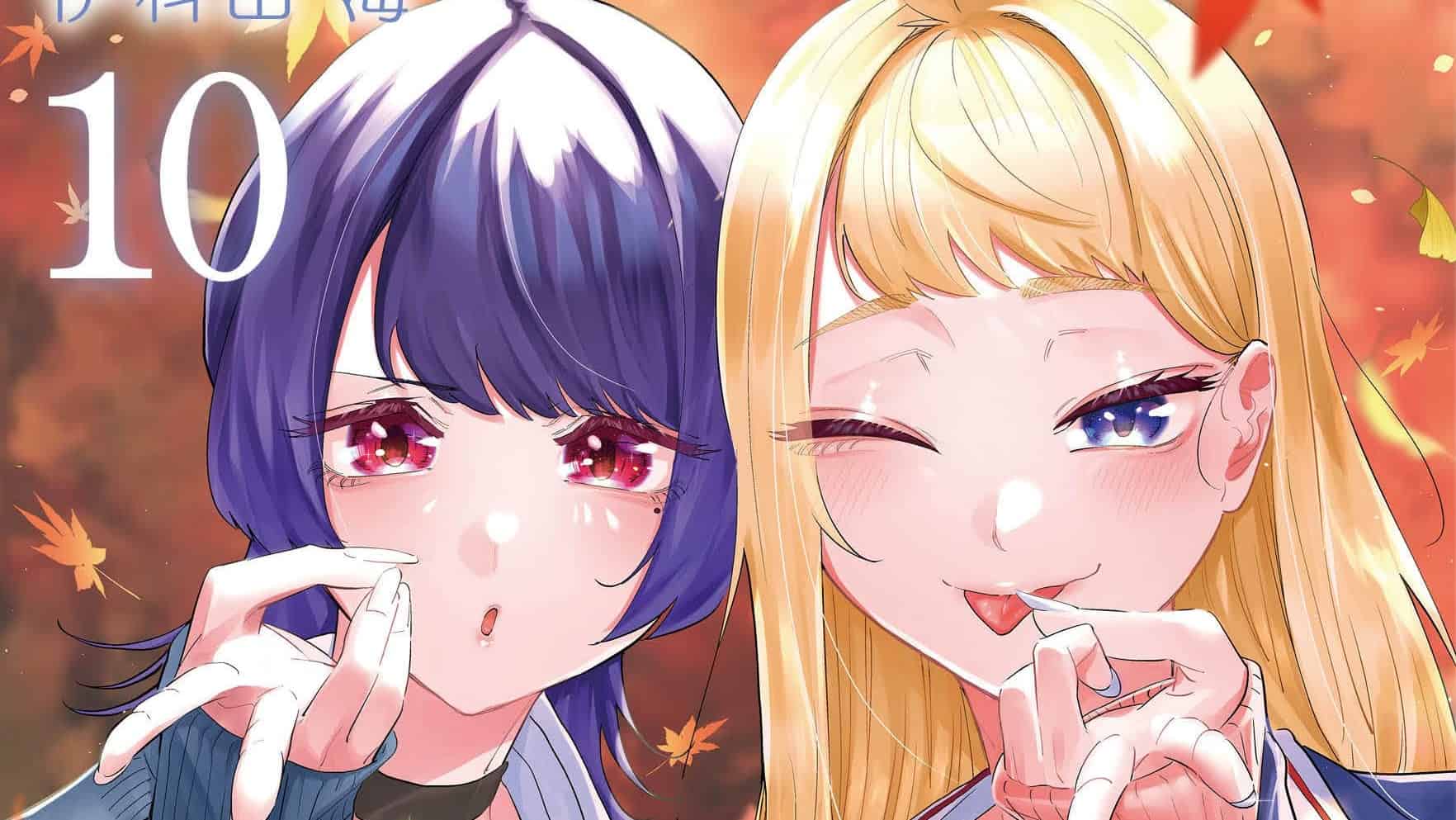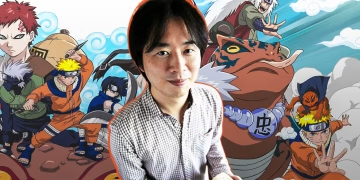A new policy quietly implemented across several Australian schools has sparked debate among students, parents, and manga readers. Administrators have started banning certain manga titles from being brought onto school grounds, citing concerns about excessive violence, disturbing imagery, and inappropriate themes for minors. The move is part of a broader review of school reading materials targeting graphic novels.
Titles like Tokyo Ghoul, Attack on Titan, and Death Note were reportedly the first to be restricted. Officials argue that the intense depictions of gore, trauma, and dark philosophical elements are not suitable for school-age readers. According to an ABC News Australia report, some schools have even removed entire manga sections from their libraries to avoid backlash.
Clash Between Safety and Expression

Supporters of the ban argue that not all manga is equal—some are created for older audiences, with themes that stray far from educational value. Teachers say it’s part of their responsibility to protect students from harmful media. In some schools, staff have confiscated manga brought from home if it contains mature or graphic elements not age-rated for the classroom.
However, critics believe this approach oversteps into unnecessary censorship. Students and parents have spoken out on social media, claiming that educators are unfairly labeling manga as harmful, despite its rich artistic and narrative contributions. Some argue that the bans show a lack of cultural literacy and undermine interest in reading altogether.
Libraries and Bookstores React

School librarians are caught in the middle. While some are complying with the policy, others argue that classification systems and age ratings should guide access—not outright bans. Independent bookstores have reported increased purchases from teenagers now unable to read their favorite manga at school, suggesting the demand hasn’t waned despite restrictions.
There’s also concern about whether anime adaptations of these same titles will face similar scrutiny in classrooms or after-school clubs. With manga’s growing popularity worldwide, this decision could set a precedent for other English-speaking education systems. Teachers and librarians now face tough decisions balancing cultural enrichment with regulatory oversight.
Global Fans Watch Closely

The policy has sparked heated online discussions across platforms like Reddit and X. Australian fans worry that their schools are failing to distinguish between content moderation and outright cultural policing. Meanwhile, manga creators in Japan and translators abroad continue advocating for better awareness of genre distinctions and proper age labeling.
Whether this marks a new norm or a passing controversy remains to be seen. But as schools navigate how to handle content from another culture, the conversation around manga’s place in education—and how it’s judged—will likely intensify.
Also Read: 22 Anime That Faced Real-Life Bans and Censorship




